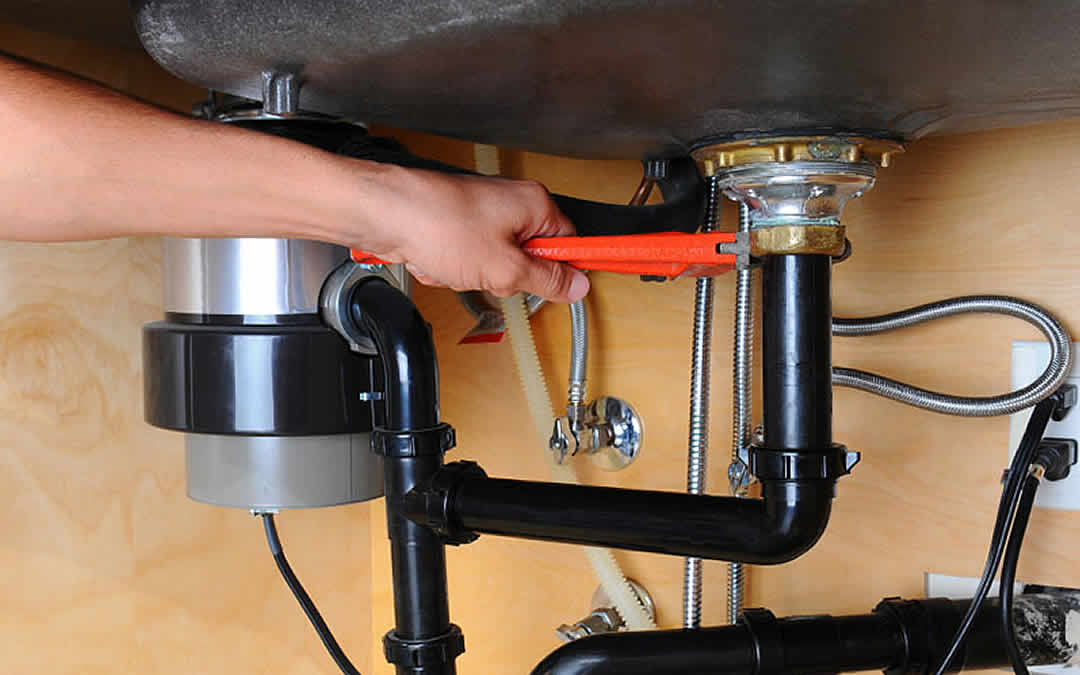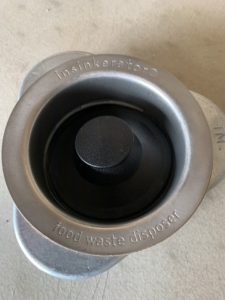Easy-to-Follow Techniques for Repairing a Leaky Garbage Disposal
Easy-to-Follow Techniques for Repairing a Leaky Garbage Disposal
Blog Article
This article below on the subject of Why Is is definitely motivating. Don't skip it.

Waste disposal unit are essential cooking area devices that help in dealing with food waste successfully. However, a dripping waste disposal unit can be an aggravating and untidy trouble to take care of. Luckily, numerous leakages can be repaired conveniently with a couple of easy actions. In this write-up, we will go over just how to repair a leaking garbage disposal effectively.
Intro
Waste disposal unit are mounted under kitchen area sinks and are made to shred food waste right into smaller pieces, allowing it to go through the plumbing system conveniently. While these devices are normally trusted, leakages can take place over time because of deterioration, loose links, or damage to the device.
Typical Sources Of Leaks in Garbage Disposals
Worn Seals and Gaskets
Seals and gaskets play a critical function in preventing water from dripping out of the garbage disposal. Gradually, these components can degrade, resulting in leakages around the disposal system.
Loose Links
The connections between the garbage disposal and the plumbing system can end up being loose with time, causing water to leakage out during procedure.
Splits or Holes in the Disposal Device
Physical damages to the waste disposal unit, such as fractures or holes in the housing, can additionally lead to leaks.
Identifying the Source of the Leakage
Prior to trying to repair a dripping waste disposal unit, it is vital to determine the source of the leakage. This can commonly be done with visual examination or by carrying out basic examinations.
Visual Assessment
Examine the waste disposal unit device very carefully for any signs of water leakage. Pay very close attention to locations around seals, gaskets, and connection factors.
Examining for Leakages
One means to examine for leakages is by running water via the disposal device and looking for any kind of visible indicators of leakage.
Tools and Materials Needed for Fixing a Dripping Garbage Disposal
Prior to starting the repair procedure, gather the required devices and materials, including a screwdriver, adjustable wrench, plumbing technician's putty, substitute seals or gaskets, and epoxy or patching product for repairing cracks or holes.
Step-by-Step Overview to Dealing With a Leaking Garbage Disposal
Turn Off the Power
Before trying any type of repairs, make certain that the power to the garbage disposal system is turned off to avoid the threat of electrical shock.
Locate the Leak
Determine the precise place of the leakage and identify the reason.
Tighten up Connections
Utilize a wrench to tighten any type of loose links between the disposal unit and the pipes system.
Replace Seals or Gaskets
If the leakage results from worn seals or gaskets, get rid of the old elements and change them with new ones.
Patching Splits or Holes
For fractures or openings in the disposal unit, use epoxy or a suitable patching product to secure the broken location.
Checking the Waste Disposal Unit After Repair
When the repair is total, examine the waste disposal unit by running water through it to make sure that the leak has actually been fixed.
Preventive Maintenance Tips to Stay Clear Of Future Leakages
To avoid future leakages, it is necessary to execute normal upkeep on your waste disposal unit. This consists of maintaining it tidy, preventing putting non-food products or hard objects down the disposal, and periodically looking for leaks or other problems.
Final thought
To conclude, taking care of a leaking garbage disposal is a reasonably simple process that can be completed with standard tools and products. By following the steps outlined in this post and exercising precautionary upkeep, you can maintain your waste disposal unit in good working condition and avoid costly repair services in the future.
What to Do About a Leaking Garbage Disposal
A leaking garbage disposal often goes unnoticed until you confront a sopping cabinet, a foul-smelling puddle, or an audible drip-drip-drip from the unit. The fix can be frustrating, too, because the leak can stem from a number of components in the system. Fortunately, with a little sleuthing, you can zero in on the leak and—depending on the exact location—stop the icky oozing and repair the component that caused it. Worst case scenario, if it turns out that the garbage disposal must be replaced, installing a new one is a reasonable do-it-yourself task for those with basic plumbing skills. Read on to keep the cash you’d otherwise hand over to a pro.
Prepare to find the leak
Prior to testing the garbage disposal for leaks, unplug it at the wall outlet and turn off the power from the breaker box to prevent electrical shock. Then insert a watertight sink stopper into your sink drain and wipe the unit dry with a clean cloth. In any handy container, mix a few drops of food coloring into a few cups of water, and pour the dyed water onto the sink stopper to help you locate the leak.
Investigate the source
the top, where the disposal meets the sink drain the side, where the dishwasher hose or main drain pipe connects to the disposal or the bottom of the unit Inspect each of these locations while gliding a light-colored rag over the unit; the dyed water will readily show on the rag and reveal the location of the leak. If a leak isn’t immediately apparent, remove the sink stopper and pour a few more cups of dyed water down the sink drain, then check for leaks again. Leaks near the top of the unit are more likely to show themselves while the sink is plugged, while side and bottom leaks are more noticeable while the sink is unplugged.
The metal sink flange that sits directly inside the sink drain is typically sealed around the top with plumber’s putty (a clay-like sealant) and then secured from under the sink with bolts. If the plumber’s putty deteriorates, or the bolts loosen, the flange can no longer form a watertight seal between the sink drain and the disposal—which could cause a leak at the top of the unit.
To reseal the leaky flange, you must first detach the garbage disposal. Start by loosening the screws securing the main drain pipe to the disposal, then loosen the screws in the metal clamp securing the dishwasher hose to the disposal and detach the drain pipe and dishwasher hose from the disposal. Loosen the screws in the mounting ring that connects the disposal to the metal mounting assembly beneath the sink, then pull down the disposal and carefully set it on a clean, dry surface. Loosen the bolts in the mounting assembly with a wrench, then pull down the mounting assembly and set it near the disposal.

I came across that piece of writing about How to fix a pretty consistent leak from my garbage disposal when doing a lookup on the internet. If you please take the opportunity to distribute this blog entry if you enjoyed it. I cherish reading our article about Why Is My Garbage Disposal Leaking From the Bottom?.
Schedule Service Pickup Report this page